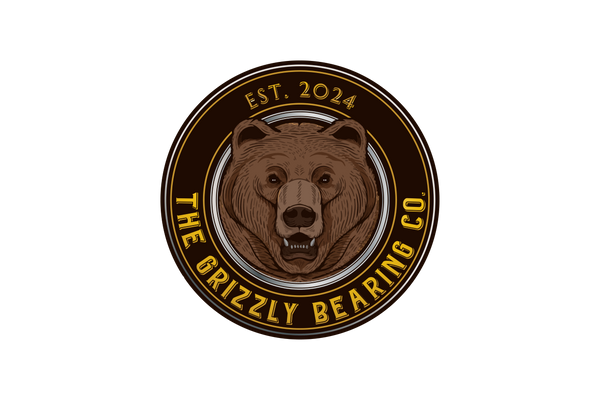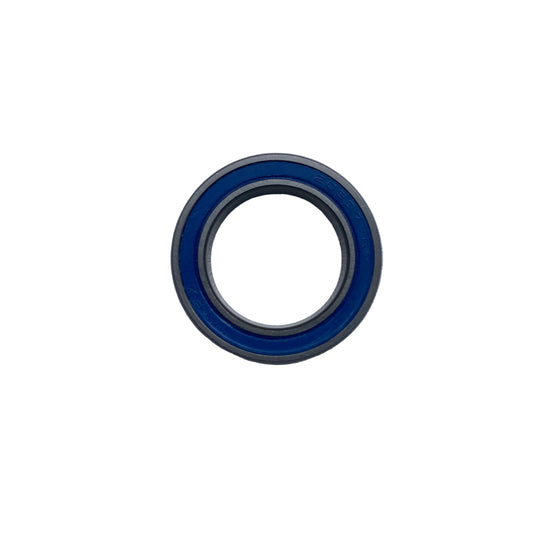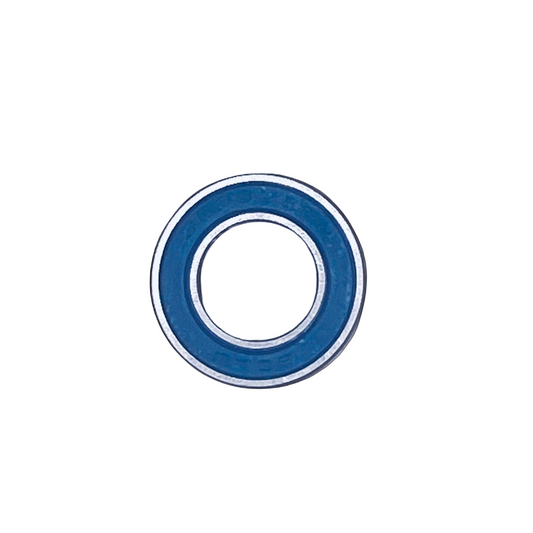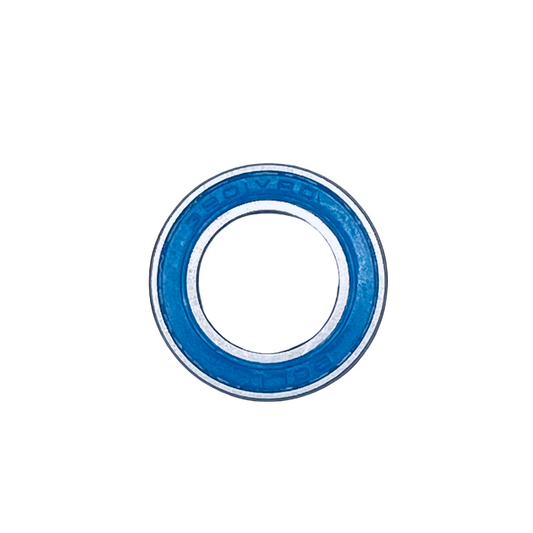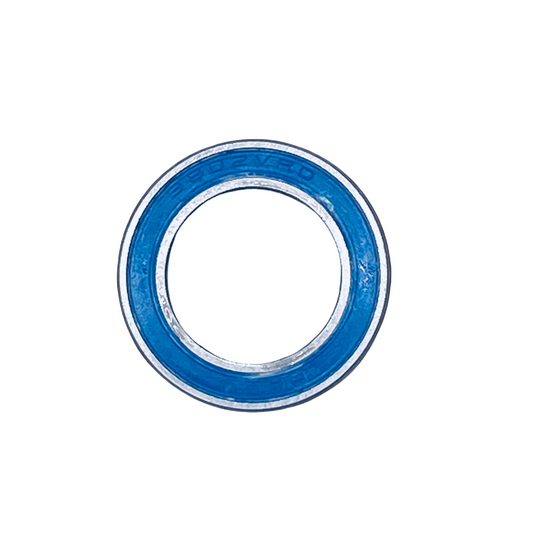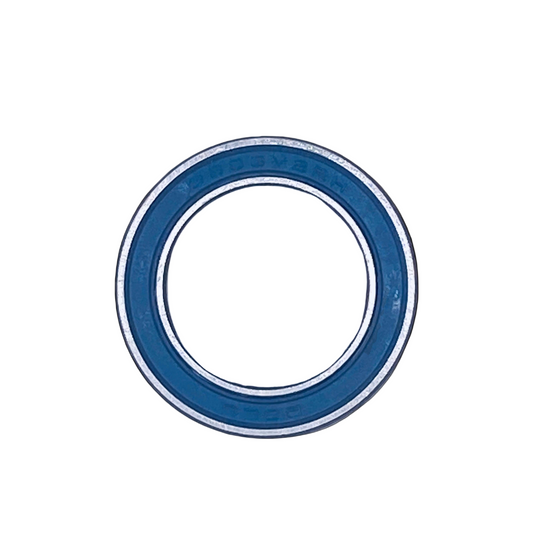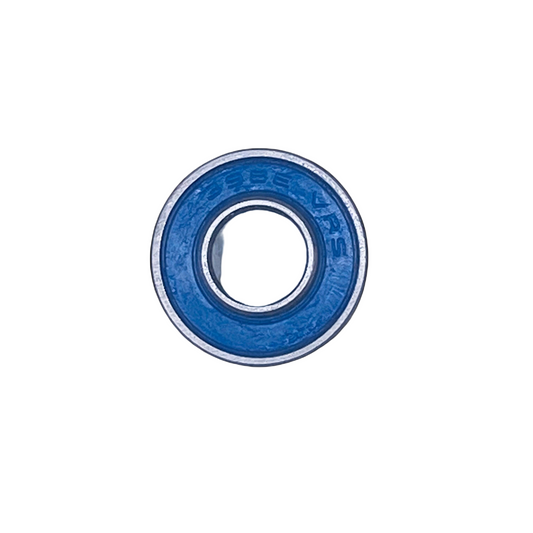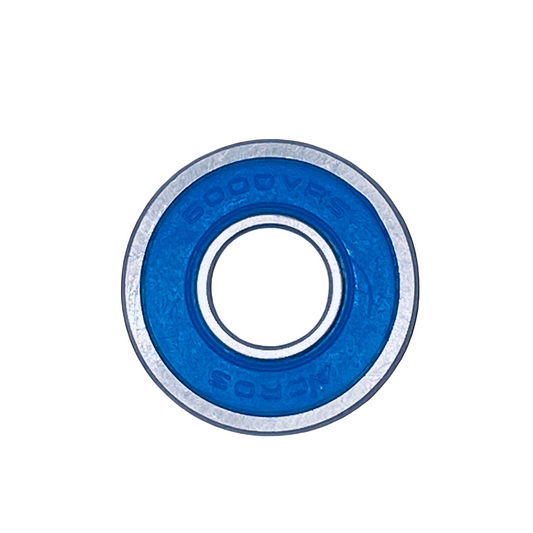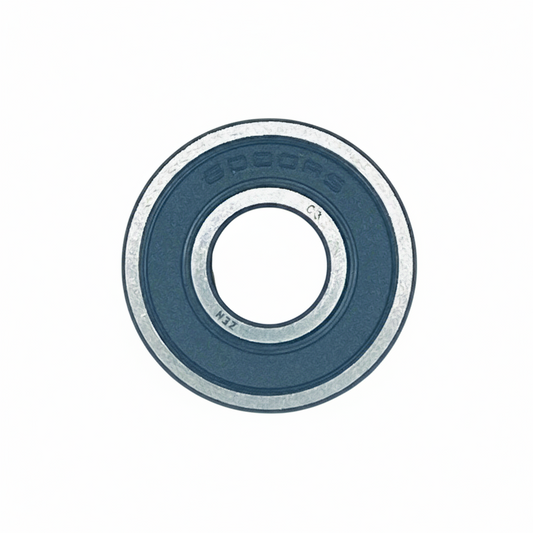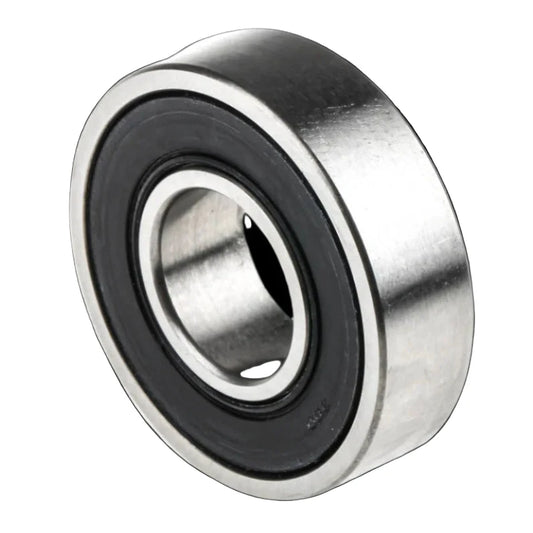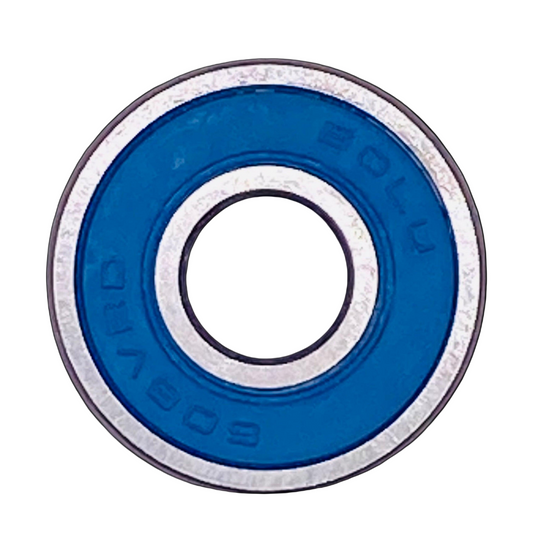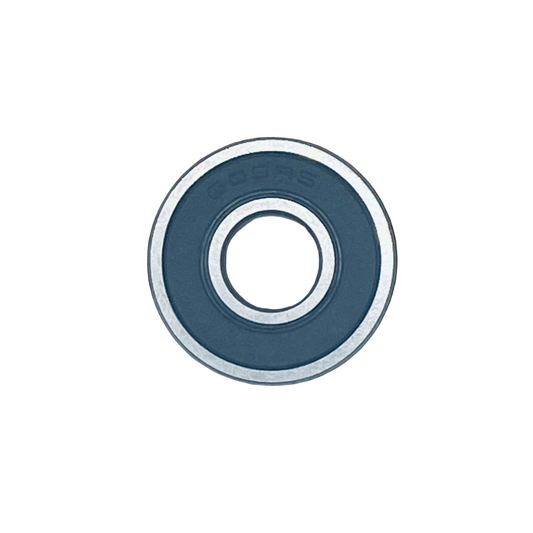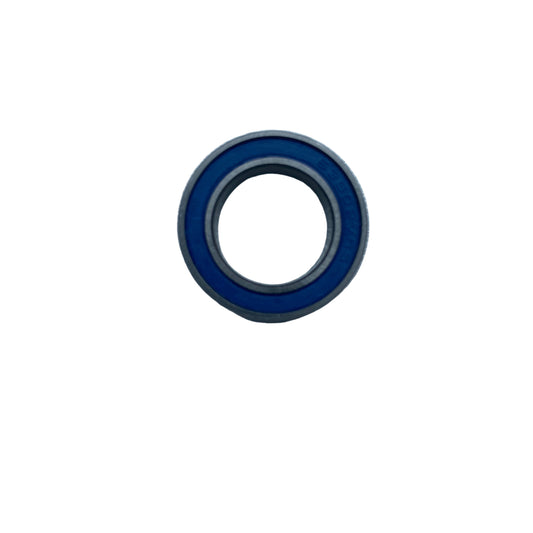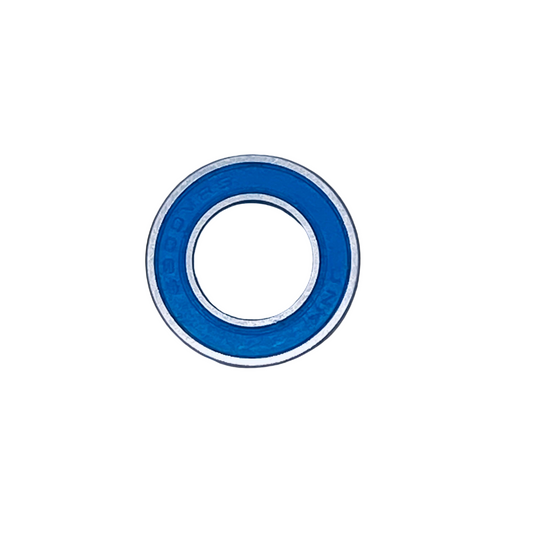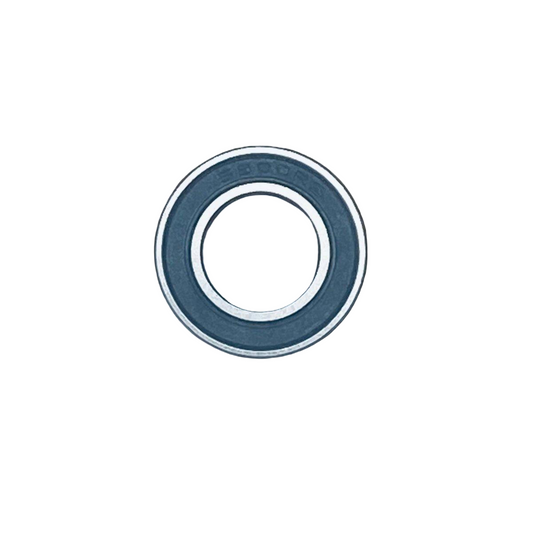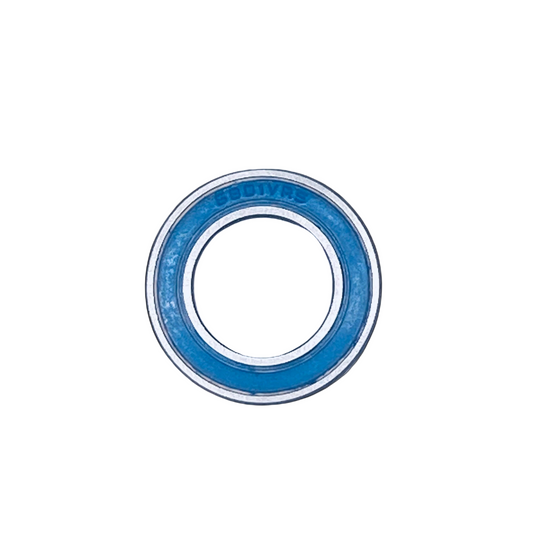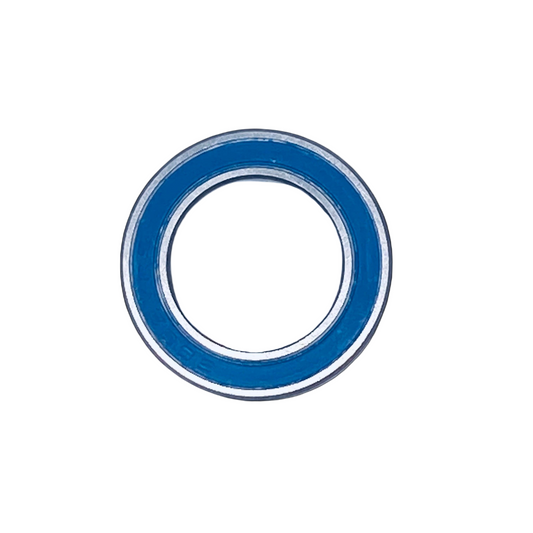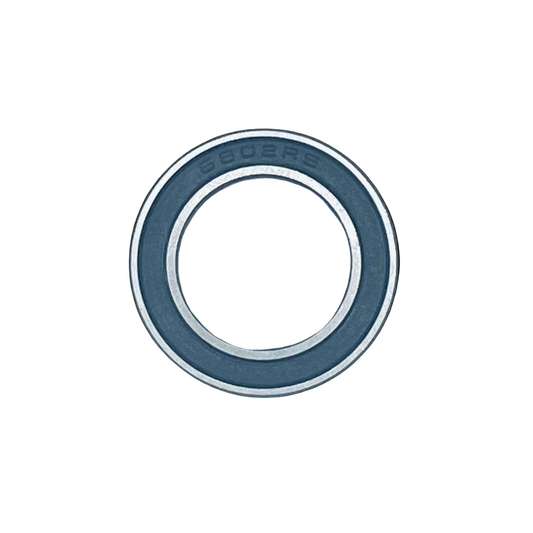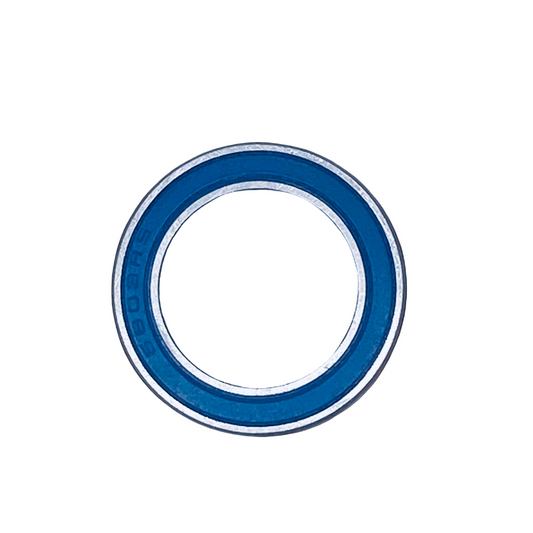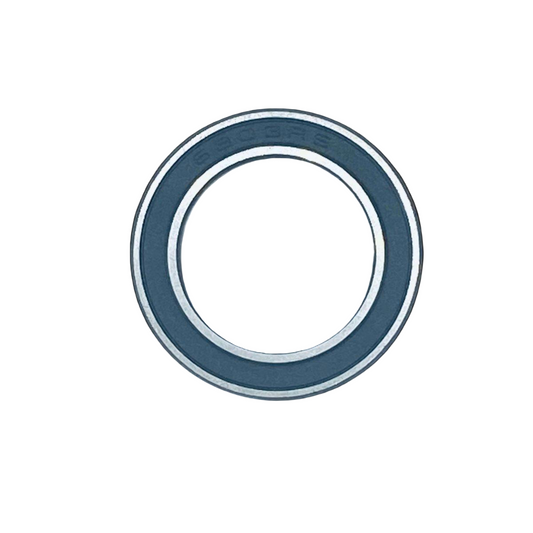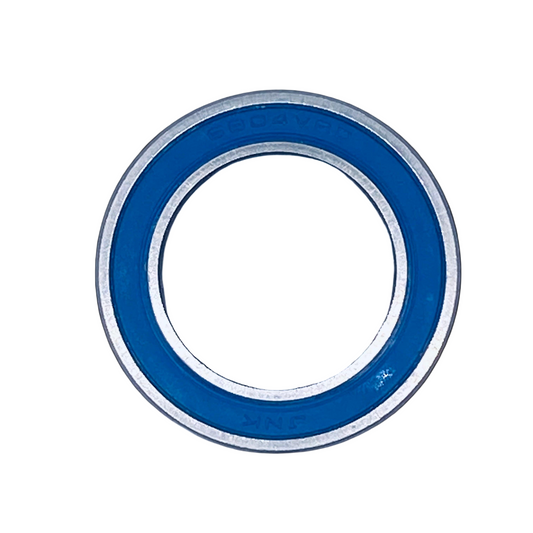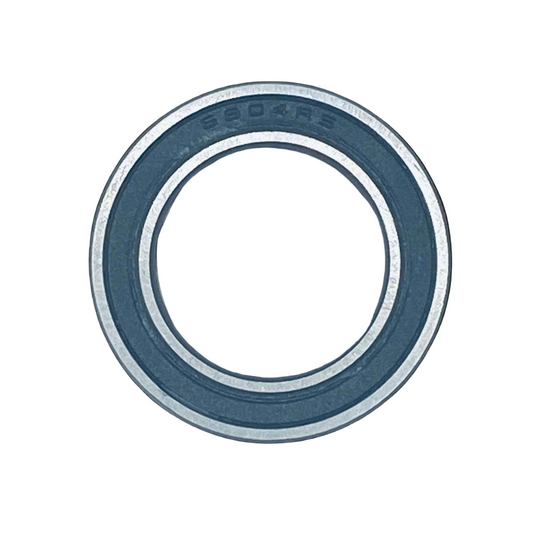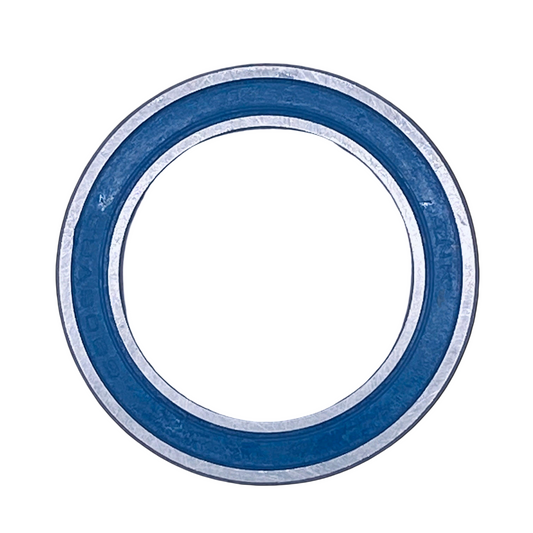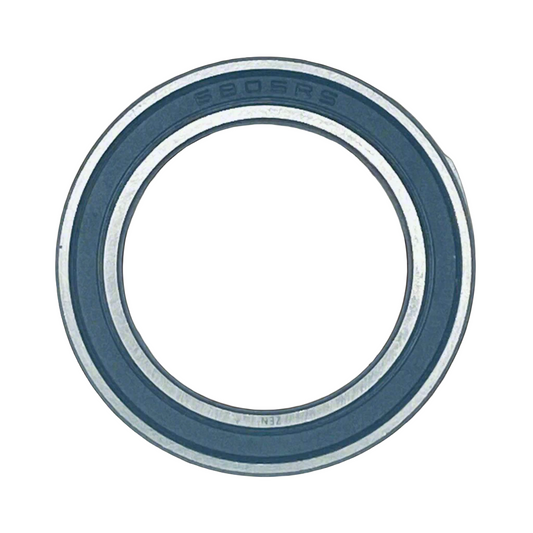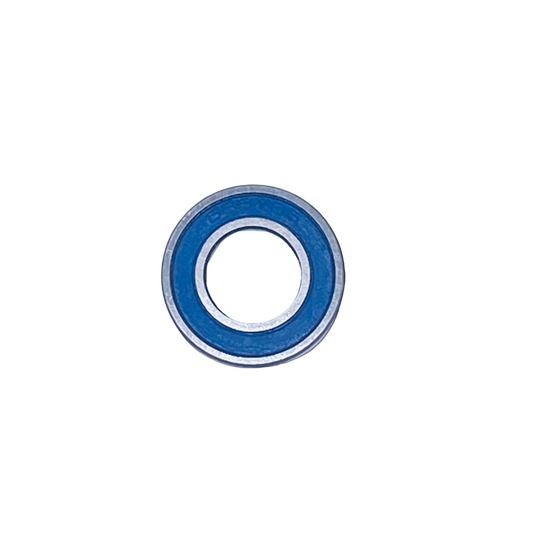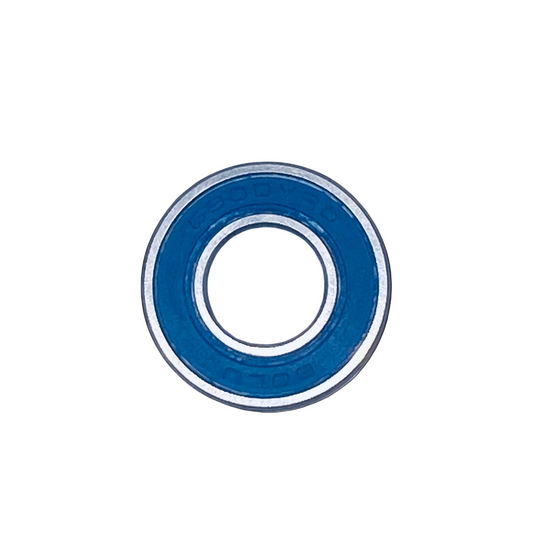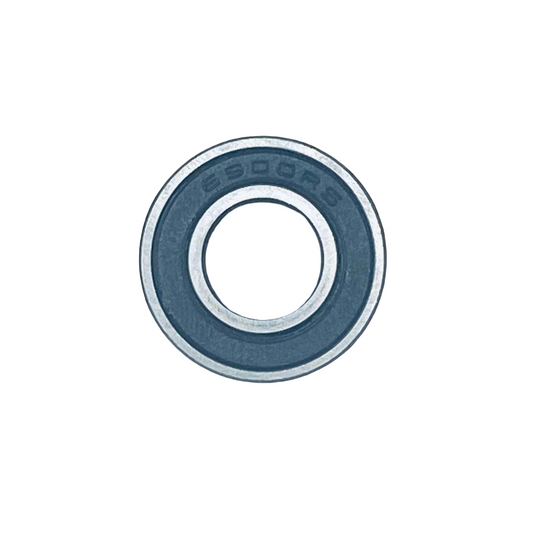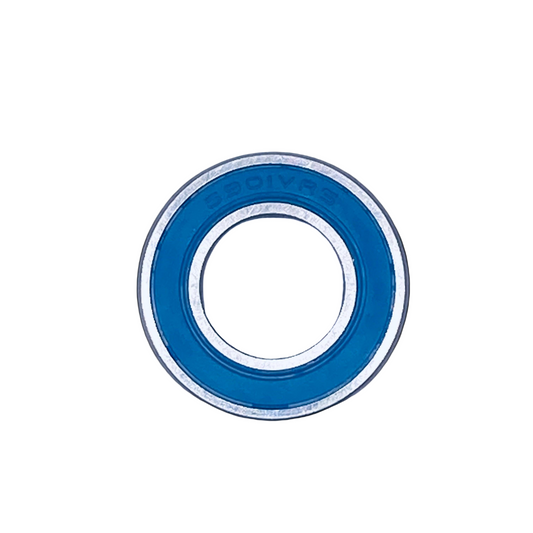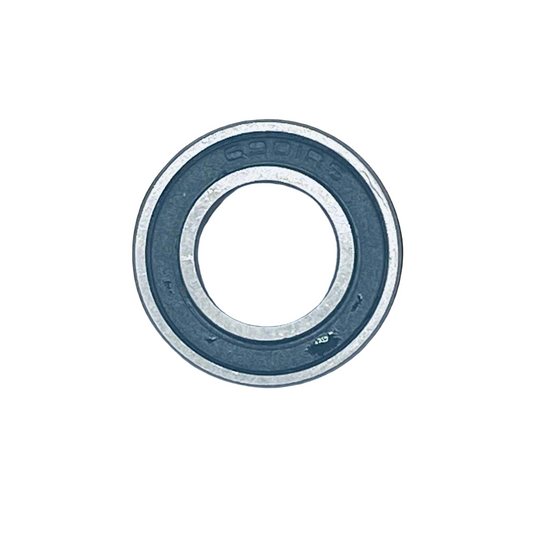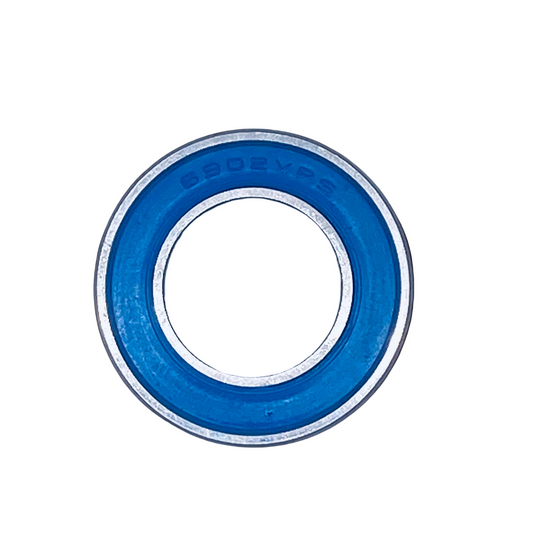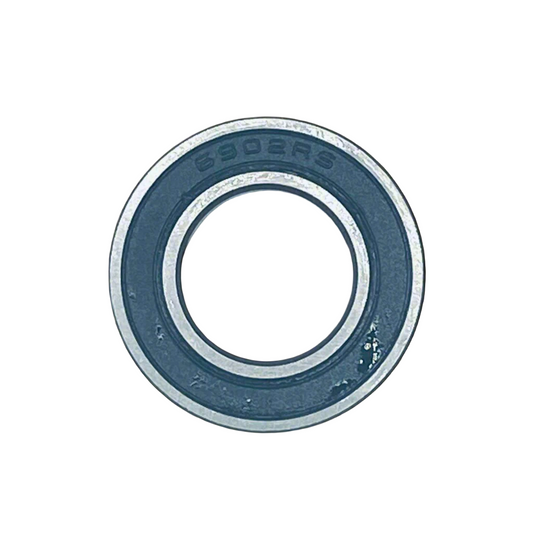Collection: All Grizzly Bike Bearings
When it comes to precision components (like Bicycle bearings), not all types are created equal and not all bearings are suitable for all applications within your Bike.
Whether you're tuning up your MTB's suspension or looking at replacing your wheel bearings, understanding the distinction between MAX bearings and Standard bearings can help you make the right choice for your bike to not only ensure that your bike performs as best as it can but, also, to ensure your safety and enjoyment.
MAX Bearings: Some amount of Balls!
MAX Bearings (aka "Maximum Complement Bearings" or "Full Complement Bearings") are designed to have no ball retainer.
"Why?" you may ask? No ball retainer means more space inside the bearings and more space means that the bearing can be packed with as many balls as physically possible. This, in turn, increases the number of contact points significantly.
Benefits:-
- Greater load capacity: More balls mean better surface contact making the bearing significantly stronger;
- Ideal for oscillating movement: Perfect for pivot points in Full-Sus MTB frames; and
- Longevity: Bearings last longer due to the high load capacity and slower speed.
Draw-backs:-
- Higher friction: As the balls inside the bearing are in contact, they create more heat and wear in high-speed conditions. Therefore, for applications where there is a high RPM (like wheels) , MAX bearings should not be used.
- Higher Cost: Are, generally, more expensive than a Standard alternative.
Standard Bearings: Fewer balls, less friction
As detailed above, Standard bearings have either a cage or retainer that evenly spaces the balls inside.
Benefits:-
- Less Contact: As the balls inside the bearing do not contact each other, friction is reduced meaning less heat so less wear in the bearing;
- High-speed applications: Due to the lack of friction, Standard bearings can be used instead of MAX Bearings in high speed applications with higher RPMs.
- Cost-effective: Generally, cheaper than their MAX counterparts.
Draw-backs:-
- Strength: Given the fewer balls than in MAX bearings, Standard Bearings are not as strong and have a lower load capacity. Therefore, in high-impact, slow speed applications, wear and breakage is, often, much quicker.
The Perfect Combos!
| Application | Suggested Bearing Type | Why |
|---|---|---|
| Full Sus Frame Pivots | MAX Bearings | High-load and lower RPM |
| Bottom Brackets and Hubs | Standard Bearings | High-speed and low-load |
-
20307 - 2RS MAX Complement Bearing (20x30x7) mm (MR20307)
Regular price £5.25 GBPRegular priceUnit price / per -
3800-2RS MAX Complement Bearing (19x10x8mm)
Regular price £5.25 GBPRegular priceUnit price / per -
3801-2RS MAX Complement Bearing (21x12x8mm)
Regular price £6.85 GBPRegular priceUnit price / per -
3802-2RS MAX Complement Bearing (24x15x7mm)
Regular price £6.00 GBPRegular priceUnit price / per -
3803-2RS MAX Complement Bearing (26x17x10mm)
Regular price £7.40 GBPRegular priceUnit price / per -
398-E DBL Row Bearing MAX Complement Bearing (19x8x10/11mm)
Regular price £7.70 GBPRegular priceUnit price / per -
6000-2RS MAX Complement Bearing (26x10x8mm)
Regular price £4.40 GBPRegular priceUnit price / per -
6000-2RS Standard Bearing (26x10x8mm)
Regular price £3.10 GBPRegular priceUnit price / per -
6001-2RS Standard Bearing (12x28x8)mm
Regular price £3.10 GBPRegular priceUnit price / per -
608-2RS MAX Complement Bearing (22x8x7mm)
Regular price £4.40 GBPRegular priceUnit price / per -
608-2RS Standard Bearing (22x8x7mm)
Regular price £3.20 GBPRegular priceUnit price / per -
63802-2RS MAX Complement Bearing (15x24x7)mm
Regular price £5.25 GBPRegular priceUnit price / per -
6800-2RS MAX Complement Bearing (19x10x5mm)
Regular price £5.10 GBPRegular priceUnit price / per -
6800-2RS Standard Bearing (19x10x5mm)
Regular price £3.10 GBPRegular priceUnit price / per -
6801-2RS MAX Complement Bearing (21x12x5mm)
Regular price £5.10 GBPRegular priceUnit price / per -
6801-2RS Standard Bearing (21x12x5mm)
Regular price £3.10 GBPRegular priceUnit price / per -
6802-2RS MAX Complement Bearing (24x15x5mm)
Regular price £5.10 GBPRegular priceUnit price / per -
6802-2RS Standard Bearing (24x15x5mm)
Regular price £3.10 GBPRegular priceUnit price / per -
6803-2RS MAX Complement Bearing (26x17x5mm)
Regular price £5.20 GBPRegular priceUnit price / per -
6803-2RS Standard Bearing (26x17x5mm)
Regular price £3.10 GBPRegular priceUnit price / per -
6804-2RS MAX Complement Bearing (32x20x7mm)
Regular price £5.20 GBPRegular priceUnit price / per -
6804-2RS Standard Bearing (32x20x7mm)
Regular price £3.10 GBPRegular priceUnit price / per -
6805-2RS MAX Complement Bearing (37x25x7mm)
Regular price £6.00 GBPRegular priceUnit price / per -
6805-2RS Standard Bearing (37x25x7mm)
Regular price £3.80 GBPRegular priceUnit price / per -
688-2RS MAX Complement Bearing (16x8x5mm)
Regular price £4.40 GBPRegular priceUnit price / per -
688-2RS Standard Bearing (16x8x5mm)
Regular price £3.20 GBPRegular priceUnit price / per -
6900-2RS MAX Complement Bearing (22x10x6mm)
Regular price £5.10 GBPRegular priceUnit price / per -
6900-2RS Standard Bearing (22x10x6mm)
Regular price £3.20 GBPRegular priceUnit price / per -
6901-2RS MAX Complement Bearing (24x12x6mm)
Regular price £5.95 GBPRegular priceUnit price / per -
6901-2RS Standard Bearing (24x12x6mm)
Regular price £3.20 GBPRegular priceUnit price / per -
6902-2RS MAX Complement Bearing (28x15x7mm)
Regular price £5.10 GBPRegular priceUnit price / per -
6902-2RS Standard Bearing (28x15x7mm)
Regular price £3.10 GBPRegular priceUnit price / per
